This article was medically reviewed by Erik Kramer, DO, MPH. Dr. Erik Kramer is a Board-Certified Primary Care Physician at the University of Colorado. With over 15 years of experience, his clinical interests include obesity and weight management, diabetes care, and preventive care, as well as embracing a holistic approach to primary care. He received his Doctorate in Osteopathic Medicine (D.O.) from the Touro University Nevada College of Osteopathic Medicine and completed his residency at Central Maine Medical Center. Dr. Kramer is a Diplomate of the American Board of Obesity Medicine.
There are 11 references cited in this article, which can be found at the bottom of the page.
This article has been viewed 57,040 times.
Swelling may be moderate to severe in the first few days after knee replacement surgery, but it will gradually subside as you recover. Still, you might experience some mild to moderate swelling in the weeks and months following your recovery. Luckily, there are several at-home strategies you can try to reduce swelling. If you experience an increase in swelling, tell your doctor right away.
Steps
Reducing Swelling At Home
-
1Elevate your entire leg with your foot above the level of your heart. While you are lying down or sitting, always rest your affected leg on 1 to 2 pillows. Position the pillows under your calf and ankle so that your leg will be straight and not bent at the knee while you elevate it. Ensure that your foot is above the level of your heart and elevate your leg at a 45 degree or greater angle from your body.[1]
- Stay in this position for as long as you are seated or lying down.
- Elevate your leg any time you experience swelling in the days, weeks, and months after your surgery.
-
2Place an ice pack on your affected knee while you are resting. If you are seated or lying down, icing your knee can also help to reduce swelling. Wrap an ice pack in a thin cloth and place it onto your affected knee. Keep the ice pack on your knee for 10 to 20 minutes, then remove it for 1 to 2 hours so your skin can return to its normal temperature. Repeat this as needed throughout the day.[2]
- Avoid putting an ice pack directly on your skin as it may cause frostbite and skin damage.
- Make sure to refreeze the ice pack when you are done with it so it will be cold the next time you need it.
- Never use a heating pad on your knee when it is swollen as this can make the swelling worse. Only use ice packs on your knee when it is swollen.[3]
- Try a continuous cooling system to provide consistent icing to your knee if you’re able. You can buy systems online for around $150 USD.
Tip: If you don’t have an ice pack, use a bag of frozen corn or peas wrapped in a paper towel.
Advertisement -
3Ask your doctor about wearing compression stockings. Compression stockings can help to promote better circulation and reduce swelling in your legs.[4] If your doctor has prescribed compression stockings, ask your doctor how long you will need to wear them after your surgery. Put on and take off the stockings daily as instructed. Pull them onto your foot first and then roll them up to just below your knee. Smooth out any wrinkles in the stocking by pulling it up more.[5]
- Compression stockings can be difficult to put on. If you apply lotion to your legs first, wait until it has fully absorbed into your skin before putting on the stockings. You can also apply cornstarch or baby powder to your legs to make it easier to get the stockings on.
- Wash your stockings daily in a bowl or sink full of soapy water and then rinse them thoroughly. Hang them up to dry and wait until they are completely dry to wear them again.
- You can get compression stockings from a medical supply store and your insurance may even cover the cost of them.
- Compression stockings can give you an infection if you wear them over recent wounds or incisions. Talk to your primary care provider to determine if compression stockings are safe to use.
-
4Take your medications exactly as instructed following surgery. If you have been prescribed any medications, such as a blood thinner or pain medication, take them exactly as your doctor has instructed you to. Not taking a prescribed blood thinner may increase the chances of a blood clot, which may cause a rapid onset of swelling. If this happens, contact your doctor or go to an emergency room immediately.
- Knee surgeries increase the risk of venous thrombosis (blood clots in the veins) during the first 3 months of recovery. Follow your care provider’s instructions completely for any blood thinners they prescribe.
Warning: If you experience shortness of breath, a sudden onset of chest pain, or localized chest pain with coughing, call emergency services or go to your nearest hospital’s emergency department immediately. These may be signs of a blood clot that has traveled to your lungs.[6]
-
5Keep your incision site clean and change dressings as needed. Wash your hands with running water and soap, then dry them off with a clean towel. Peel off the old dressing by grasping it at the edge and then throwing it away. Unwrap a new, clean bandage and place it over the incision site so that the bandage covers the wound completely.[7]
- You will receive instructions on how to care for your wound after your discharge from the hospital. Follow these instructions carefully.
- Only change your wound dressing when it is absolutely necessary, such as when it is soaked with blood or if it is leaking. Check with your doctor if you are unsure about when and how to change the dressing.
-
6Notify your doctor if you experience abnormal swelling. If your swelling seems to get worse or if it’s not improving, talk to your doctor right away. Signs of abnormal swelling and other signs to tell your doctor about may include:[8]
- A rapid onset of swelling in your affected leg
- Tenderness, warmth, or redness around a swollen area of your calf
- New drainage, warmth, redness, or pain along with swelling at the site of your incision
- A fever of 101 °F (38 °C) or higher for more than 24 hours
- An inability to flex your knee past the point you did when you were discharged
Exercising Your Knee
-
1Avoid rapidly increasing your activity level after surgery. Doing too much too quickly can result in new or increased swelling. Your doctor will likely recommend avoiding certain activities until your knee has had a chance to heal, such as going up stairs and walking long distances.[9]
- For example, your doctor may advise you to avoid going up and down stairs, such as by modifying your home environment so that you are living on 1 level.[10]
-
2Check with your doctor before exercising. If you’re unsure if you can exercise, call your doctor’s office to ask. Many doctors will recommend physical therapy exercises or appointments to help you increase your range of motion and improve the swelling around your knee. Be sure to follow your doctor’s instructions recommendations for any post-operative therapy you need.[11]
- If the exercises feel painful, stop immediately and tell your doctor.
-
3Do ankle pumps while lying on your back with your leg elevated. You can do this exercise on a bed, on a couch, or in a recliner with your leg elevated. Flex your foot to pull it back towards your body, and then point your toes down and away from your body. Repeat this motion 10 times for a set and do 2 sets daily.[12]
- Gradually increase the number of repetitions you do per set until you are doing 20 repetitions 2 times per day.
- Keep your leg straight while you’re doing the exercise and rest your calf and ankle on 1-2 pillows. Elevate your leg at a 45-degree angle from your body.
- Your doctor may instruct you to do these exercises while you are still in the hospital, but you can continue to do them at home to reduce swelling.
-
4Rotate your ankle with your leg elevated. With your calf and ankle resting on pillows and your leg out straight, begin to rotate your ankle in a clockwise motion. Rotate your ankle 10 times and then reverse the direction and rotate your ankle 10 more times counterclockwise. This will complete 1 set. Do a total of 2 sets daily.[13]
- Gradually work up to doing 20 repetitions of each direction twice daily.
- Keep your leg straight while you’re doing these exercises and ensure that your calf and ankle are resting on pillows. Your leg should be elevated at a 45-degree angle from your body.
-
5Walk 5 times per day or as instructed by your doctor. They may advise you to get up and walk around your home 5 times daily. Try to space out your walks so that you are getting up about once every 30 to 45 minutes.[14] It’s important to avoid sitting for long periods of time following surgery as this increases your risk of blood clots.[15]
- Try walking back and forth across an open area of your home, such as your living room or a hallway.
- You will likely need to use a walker at first to support yourself.
Tip: Listen to your body as you do these exercises and only do as much as you are able. If you experience pain or discomfort, stop and take a break.
Warnings
- If your knee or another part of your leg is swollen and you’re unsure if it’s normal swelling, call your doctor. They can advise you on what to do based on the type of swelling and any other symptoms you’re having.⧼thumbs_response⧽
References
- ↑ https://my.clevelandclinic.org/health/articles/15567-home-going-instructions-after-total-hiptotal-knee-replacement
- ↑ https://myhealth.alberta.ca/Health/aftercareinformation/pages/conditions.aspx?hwid=ug3879
- ↑ https://www.urmc.rochester.edu/encyclopedia/content.aspx?contenttypeid=85&contentid=p00918
- ↑ https://orthoinfo.aaos.org/en/recovery/activities-after-knee-replacement/
- ↑ https://medlineplus.gov/ency/patientinstructions/000597.htm
- ↑ https://orthoinfo.aaos.org/en/recovery/activities-after-knee-replacement/
- ↑ https://www.bsuh.nhs.uk/wp-content/uploads/sites/5/2016/09/How-to-care-for-your-post-operative-hip-knee-wound.pdf
- ↑ https://my.clevelandclinic.org/health/articles/15567-home-going-instructions-after-total-hiptotal-knee-replacement
- ↑ https://my.clevelandclinic.org/health/articles/15567-home-going-instructions-after-total-hiptotal-knee-replacement
- ↑ https://www.hopkinsmedicine.org/health/treatment-tests-and-therapies/knee-replacement-surgery-procedure
- ↑ https://www.nhs.uk/conditions/knee-replacement/recovery/
- ↑ https://my.clevelandclinic.org/health/treatments/15406-total-knee-replacement-post-op-exercises
- ↑ https://www.allinahealth.org/health-conditions-and-treatments/health-library/patient-education/total-knee-replacement/after-surgery/knee-exercises
- ↑ https://my.clevelandclinic.org/health/articles/15567-home-going-instructions-after-total-hiptotal-knee-replacement
- ↑ https://www.allinahealth.org/health-conditions-and-treatments/health-library/patient-education/total-knee-replacement/after-surgery/knee-exercises
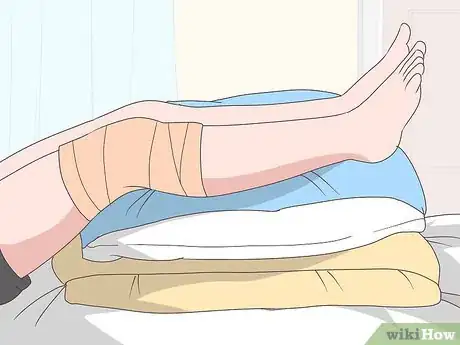
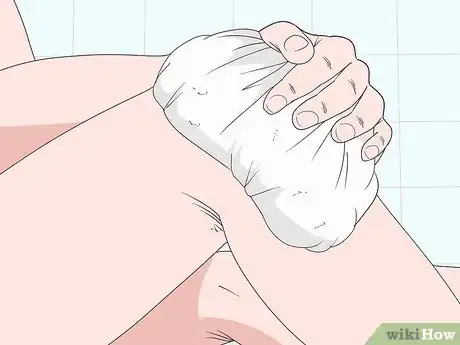
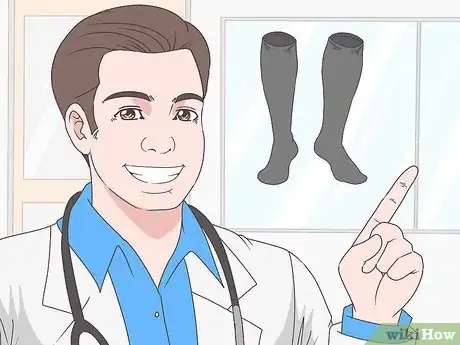
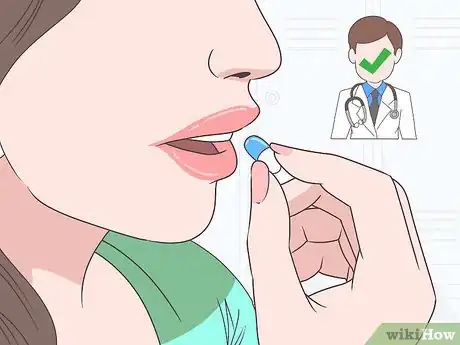
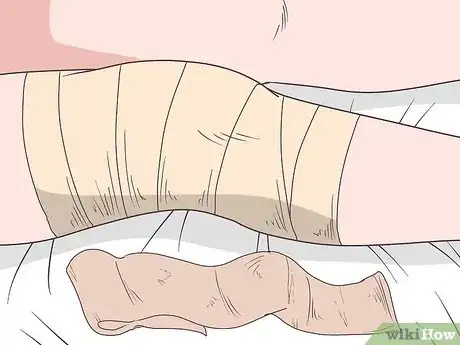
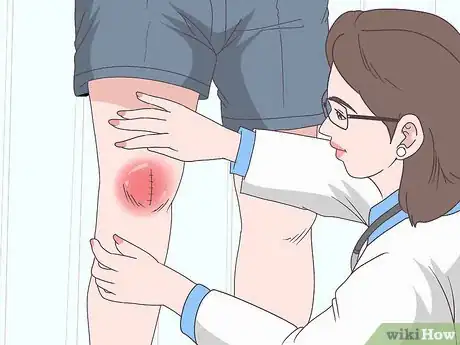
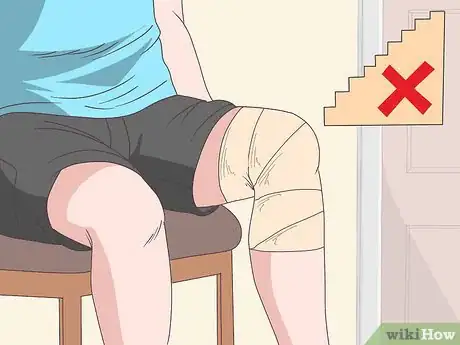

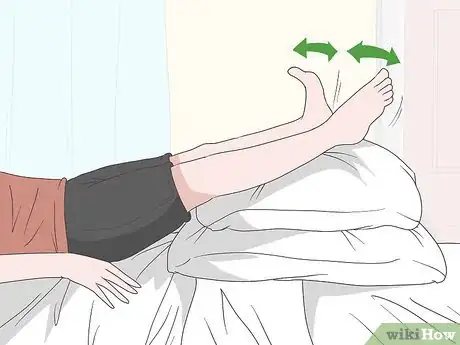
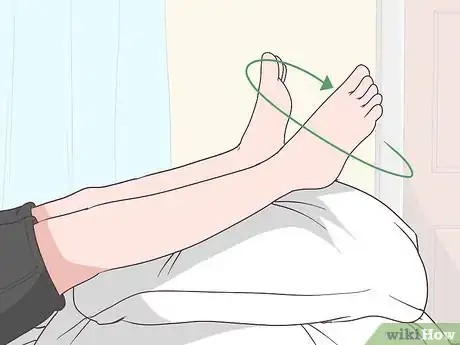
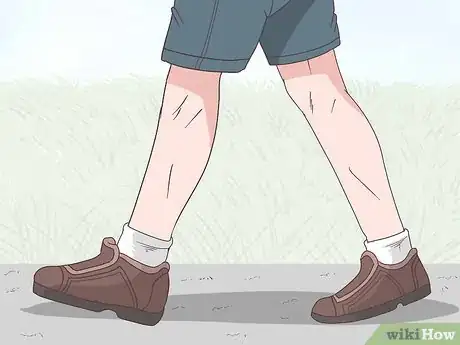
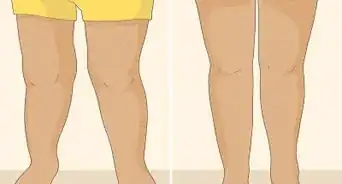
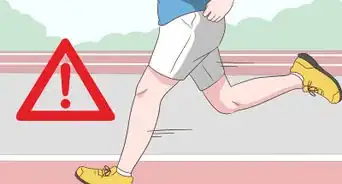
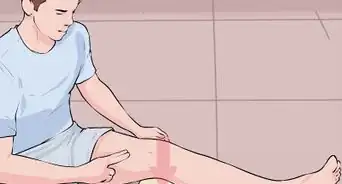



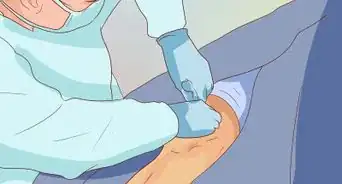
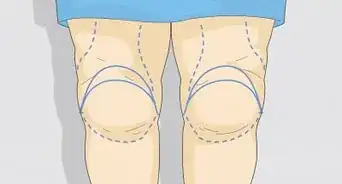

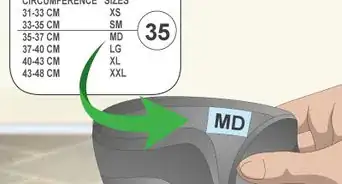
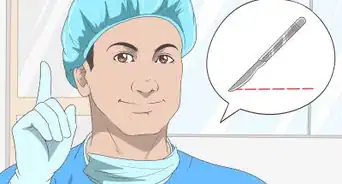
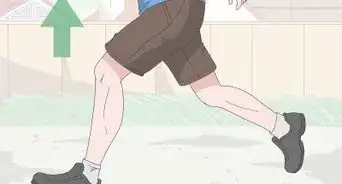
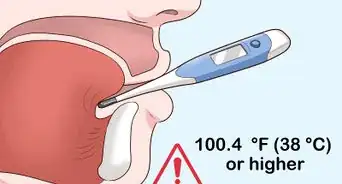









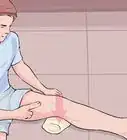




































Medical Disclaimer
The content of this article is not intended to be a substitute for professional medical advice, examination, diagnosis, or treatment. You should always contact your doctor or other qualified healthcare professional before starting, changing, or stopping any kind of health treatment.
Read More...